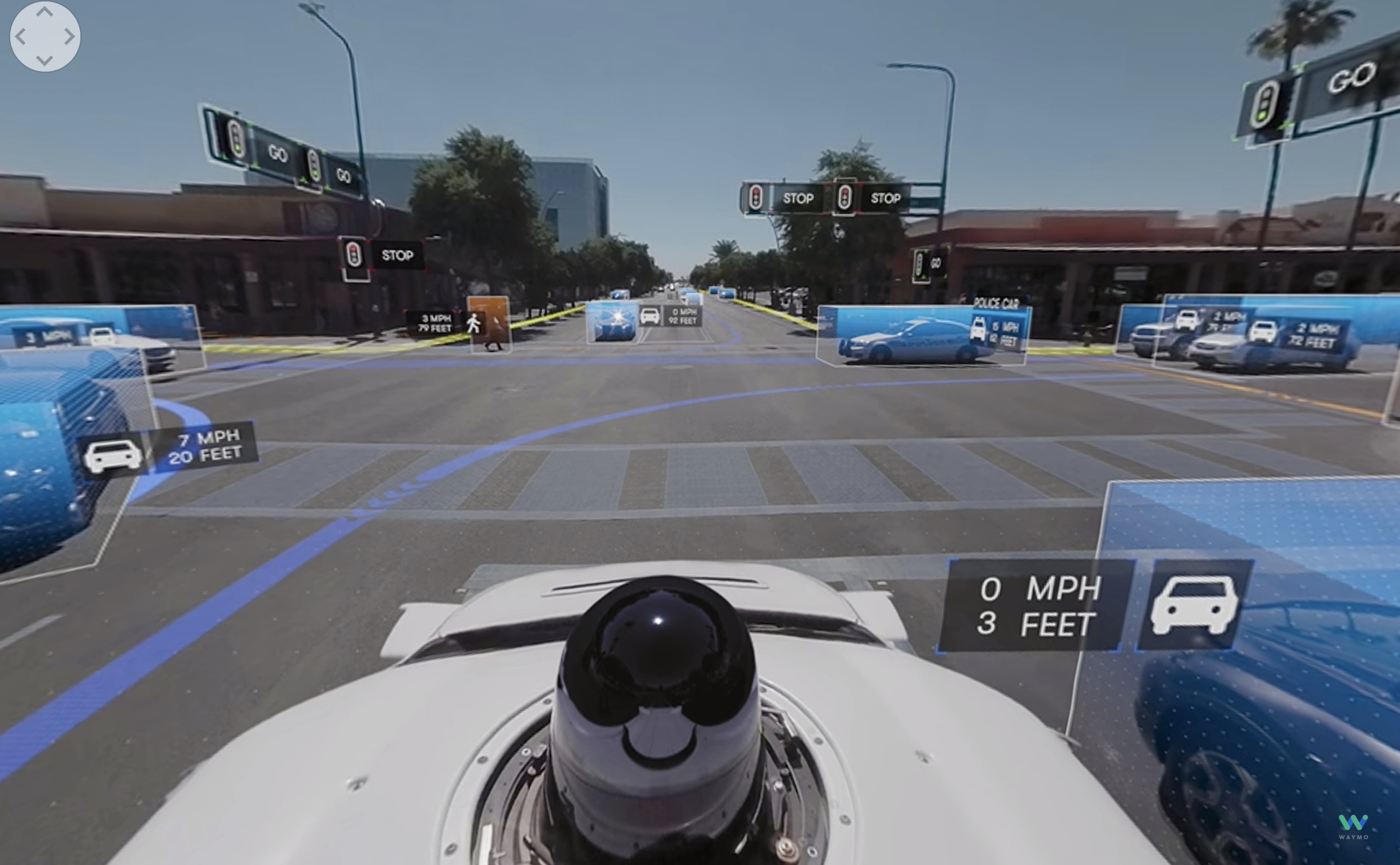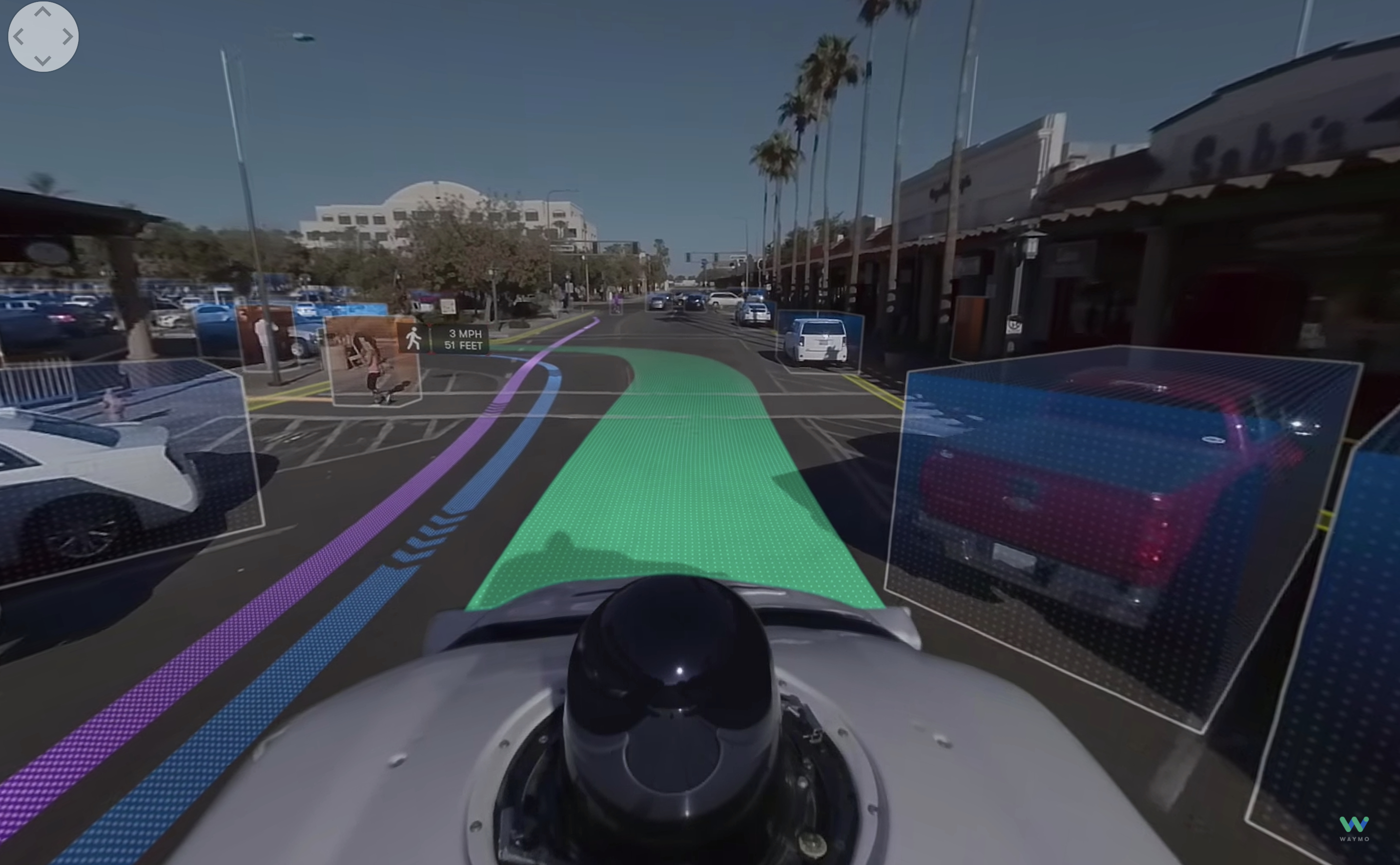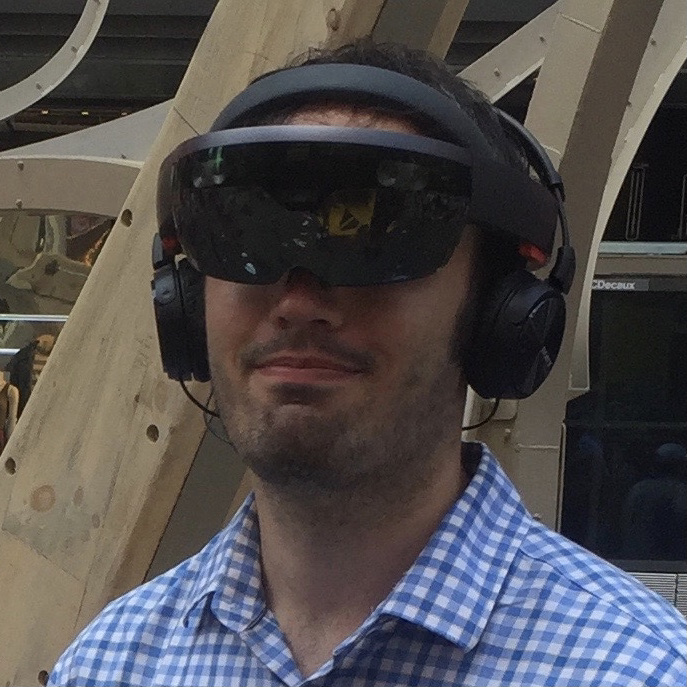This 360-degree video shows how a Waymo self-driving car 'sees' the road
Using AI to avoid accidents

After Waymo sued Uber for allegedly stealing its lidar laser-based guidance technology, you might assume the self-driving car company would keep it closely under wraps. Instead, Waymo's showing off exactly how it works.
As part an announcement celebrating the company hitting five million miles of test-driving self-driving cars in real traffic across 25 US cities, Waymo showed off a computer-generated visualization of what a self-driving car 'sees' as it drives, so that potential buyers feel more comfortable relying on the technology.
The video shows a glamorized version of 'x-view', data collected from Waymo cars' lidar, radar and camera feeds and aggregated into a constantly updating map of nearby roads and objects.
Waymo’s proprietary lidar system uses millions of lasers to build a 360-degree map around a car that spans up to 300 yards, detecting potential hazards and traffic guides. So it makes sense that to show off how the technology works, Waymo and Google Creative Lab made a 360-degree video.
When Waymo’s lasers and cameras detect something significant nearby, like a traffic light or cyclist, Waymo’s AI highlights that object in the car’s vision to emphasize its importance. And, so long as something is in the car’s path, that person’s or vehicle’s speed, projected direction and minimum safe distance are tracked and constantly updated.

In another non-VR x-view video, Waymo shows how cars instantly try to characterize things around them to predict behaviors. Cyclists are tracked more closely by cameras to look for arm signals, for example. And when near train tracks, cars are programmed to see a projected stop sign in front of the tracks until there’s a clear path forward.
5 million miles and counting
Waymo’s AI took six years to hit its first million miles. Now, with loosening restrictions on where self-driving cars can go, the fifth million only took three months. Today, Waymo claims, its cars will drive as many miles in one day as an average American drives in a year.
Get daily insight, inspiration and deals in your inbox
Sign up for breaking news, reviews, opinion, top tech deals, and more.
Waymo also claims that along with real-world tests, its AI has undergone 2.7 billion “virtual miles” of testing. Waymo’s hope is that as the miles rack up and the AI improves, accidents will continue to decrease, and people will feel safer trusting their lives to their cars.
This public demo of x-view also highlights the importance of cybersecurity on self-driving cars in general. Waymo’s AI relies heavily on defining what an object is to predict how it will act or move; this recent report on potential malicious AI hacking noted that hackers could prevent a car's AI from correctly discerning its surroundings.
Overall, compared to the tight lid that most other tech giants have kept over how their AIs work, Waymo’s transparency feels like a breath of fresh air, one that consumers will likely appreciate when deciding whether to trust the technology.
- Don't hit the road without one of these dash cams
Michael Hicks began his freelance writing career with TechRadar in 2016, covering emerging tech like VR and self-driving cars. Nowadays, he works as a staff editor for Android Central, but still writes occasional TR reviews, how-tos and explainers on phones, tablets, smart home devices, and other tech.
